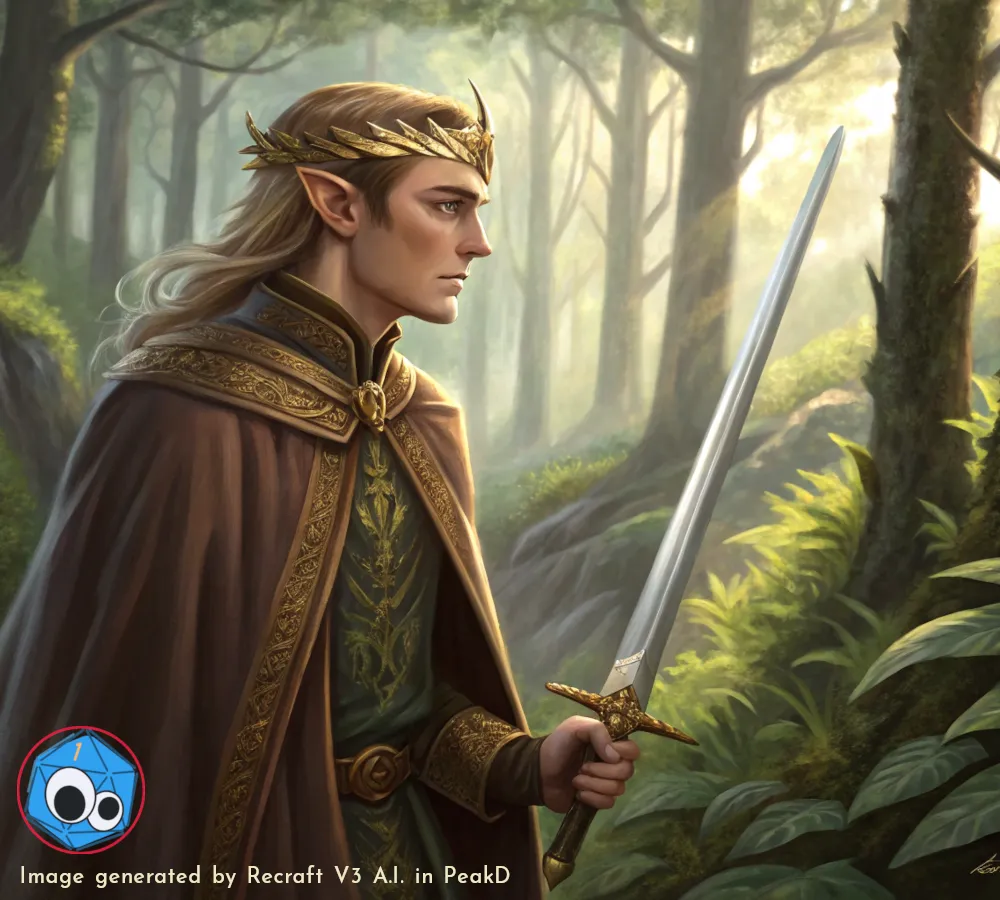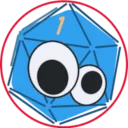
My post about re-imagining dwarves was well received, so why not continue the theme? Elves are another iconic fantasy race heavily inspired by Tolkien's books The Hobbit and The Lord of the Rings.
Folklore
Elves existed in folk tales long before Tolkien, of course, but depictions ranged from diminutive pixies to mischievous goblins to otherworldly tricksters or enigmatic guardians. Norse and Germanic legends tell of powerful beings of transcendent beauty who may help or hinder men. Scottish tales tell of the Seelie and Unseelie Courts. There are the classic tales with fairy godmothers, spriggans defending the forest, brownies playing pranks on farmers, and so forth. All of these may be mined for inspiration to make elves more than just humans with pointy ears and extra snobbery.
The Elf Today
High fantasy elves are usually portrayed as long-lived beings who may stand aloof from, or even look down on, other races in the world. Their long lives mean they often accumulate much learning, so how do these old and powerful beings make sense in a low-level adventuring party? I might borrow ideas from the lore of Warhammer 40,000 and the idea of Aspect Warriors. An elf character may be choosing to embody a new role as part of their long path of personal improvement, setting aside whatever prior path they had followed before. This idea of living many lives in sequence over one lifespan could be part of their completely foreign and non-human outlook on life.
In Dungeons and Dragons or similar tabletop role-playing games, this could be portrayed with creative use of backgrounds and starting equipment. For example, you might choose proficiency in history, and talk about ancient events as if you saw them with your own eyes and are pondering nearly-forgotten memories instead of trying to recall something from a book. You may have studied magic previously, so you may still use a few low-level spells. Your starting sword may be an ornate heirloom, or even a memento of your previous adventures.
D&D also has several variants for elves: wood elves have ties to nature, high elves have more magical talent, dark elves often associate with evil monsters of the underdark, eladrin are linked to the feywild, and so on. In The Elder Scrolls games, there are also high elves, wood elves, dark elves, etc. with their own cultures and attitudes toward other races. Inspiration (or tropes to subvert) abound.
Alignment
Elves may be more chaotic if they lean into nature as a druid or ranger, and they may embody the manipulativeness of the Seelie and Unseelie Courts in their interactions with mere mortals. On the other hand, elves may prefer a traditional rigid hierarchy in their societies and embrace their ancient cities while bending nature to their will in pursuit of order. They may follow laws of their kings, or bring chaos to lesser folk.
Good and evil may mean something different when plans take centuries to reach fruition, and the balance of justice may be viewed differently by particularly haughty elves when considering "lesser" races like men and dwarves.
In any case, perhaps an elf should be hard for other players to read. Don't wear your heart on your sleeve. Be enigmatic.
Characteristics and Questions
As I said previously, players and Game Masters often benefit from a shared core set of rules for fantasy races. Discuss these questions with your group to establish a foundation.
Are elves from the main world, or are they visitors from the Feywild, Elfhame, or another plane of existence?
Do elves have their own cities full of mysticism and art, hide in secret forest settlements as they commune with nature, or dwell among other races in peace and harmony?
How are elves perceived by other races, and vice-versa? Many games suggest some ground rules, but these can always be modified if if suits your setting. Perhaps your elf hears mutterings about "these knife-eared bastards with their holier-than-thou attitude" in the tavern, or maybe people stare slack-jawed in awe. The reaction may vary from town to town, too.
In Closing
Visit the library to read old legends and fairy tales. Connecting with folklore from around the world can inspire all kinds of characters or adventure scenarios for tabletop games. There are also stories like The Princess and the Goblin by George MacDonald (Librivox and Project Gutenberg links) if you'd like to read or hear an example of Victorian fairy tales with an enigmatically magical grandmother figure. It's fun to rediscover something old which has been overshadowed by modernity. It's like your own quest for forgotten treasure!
